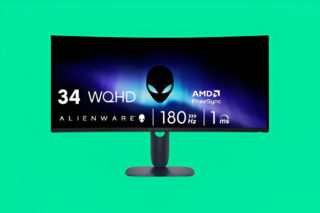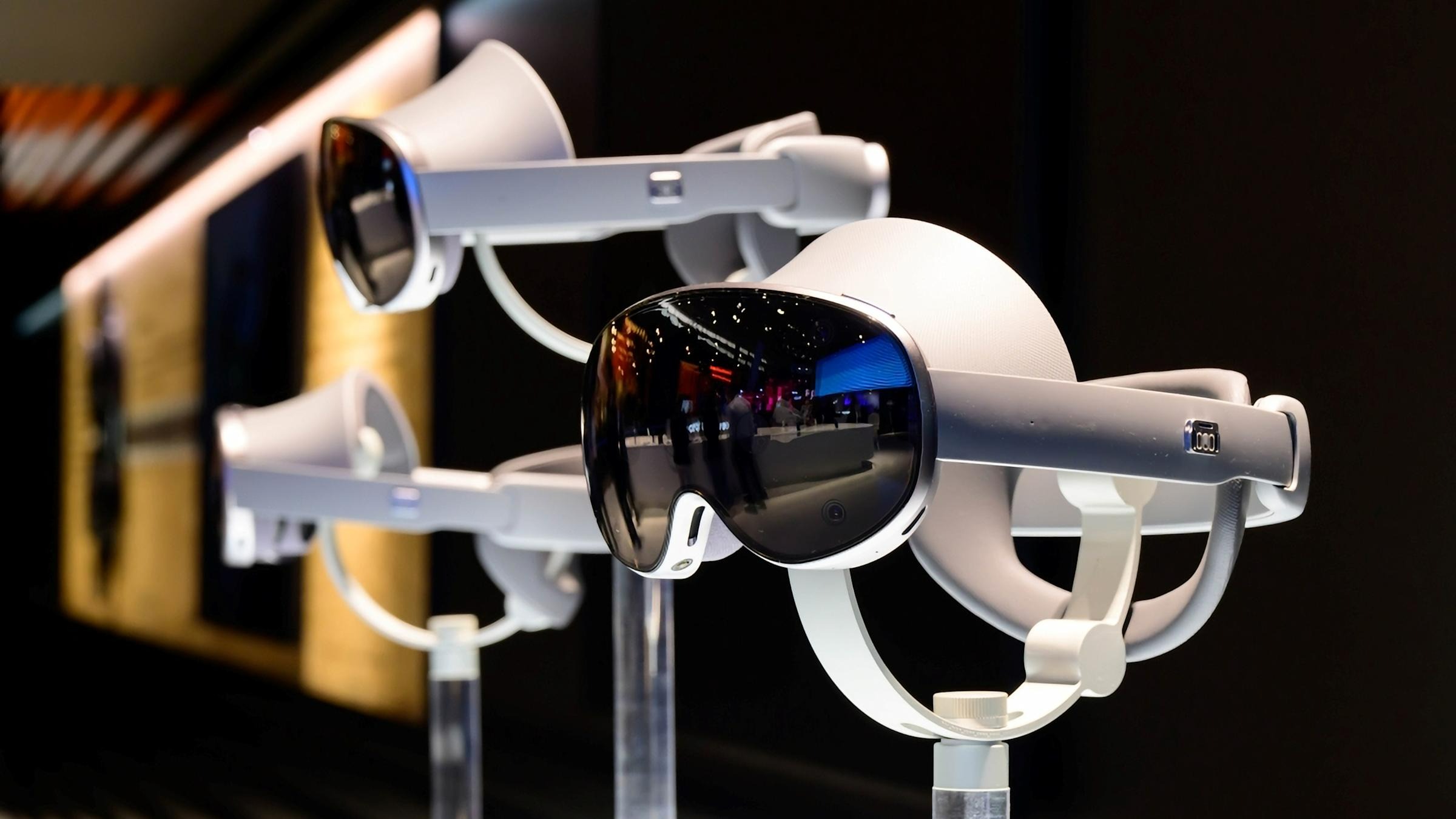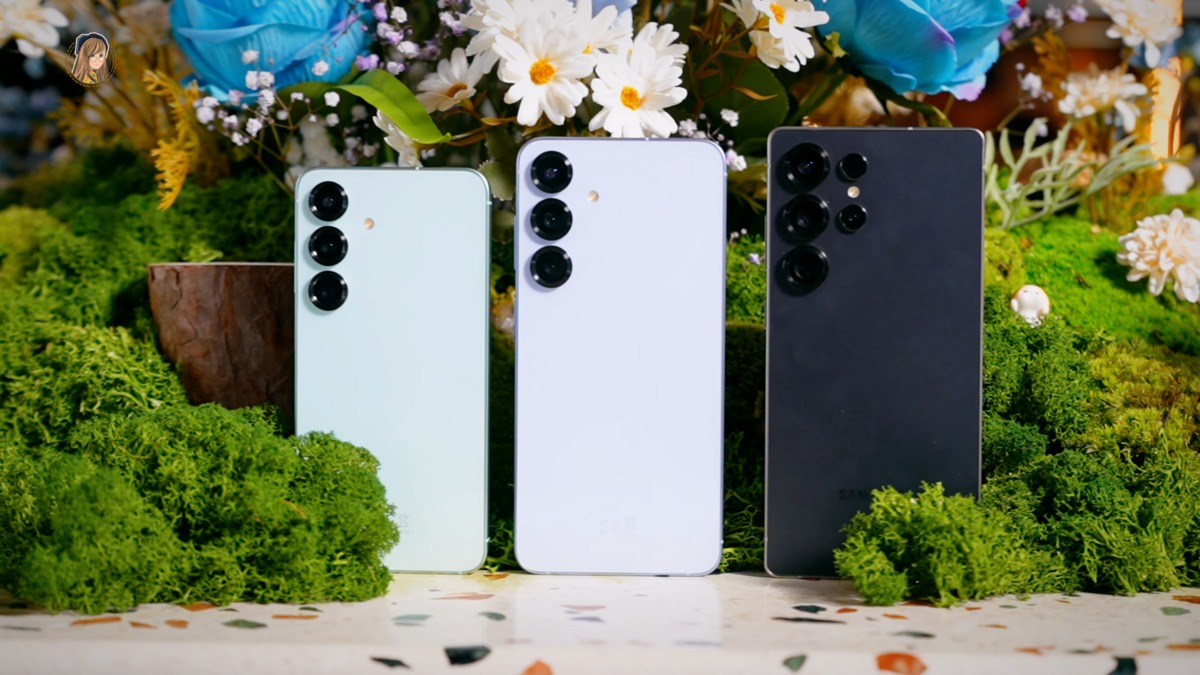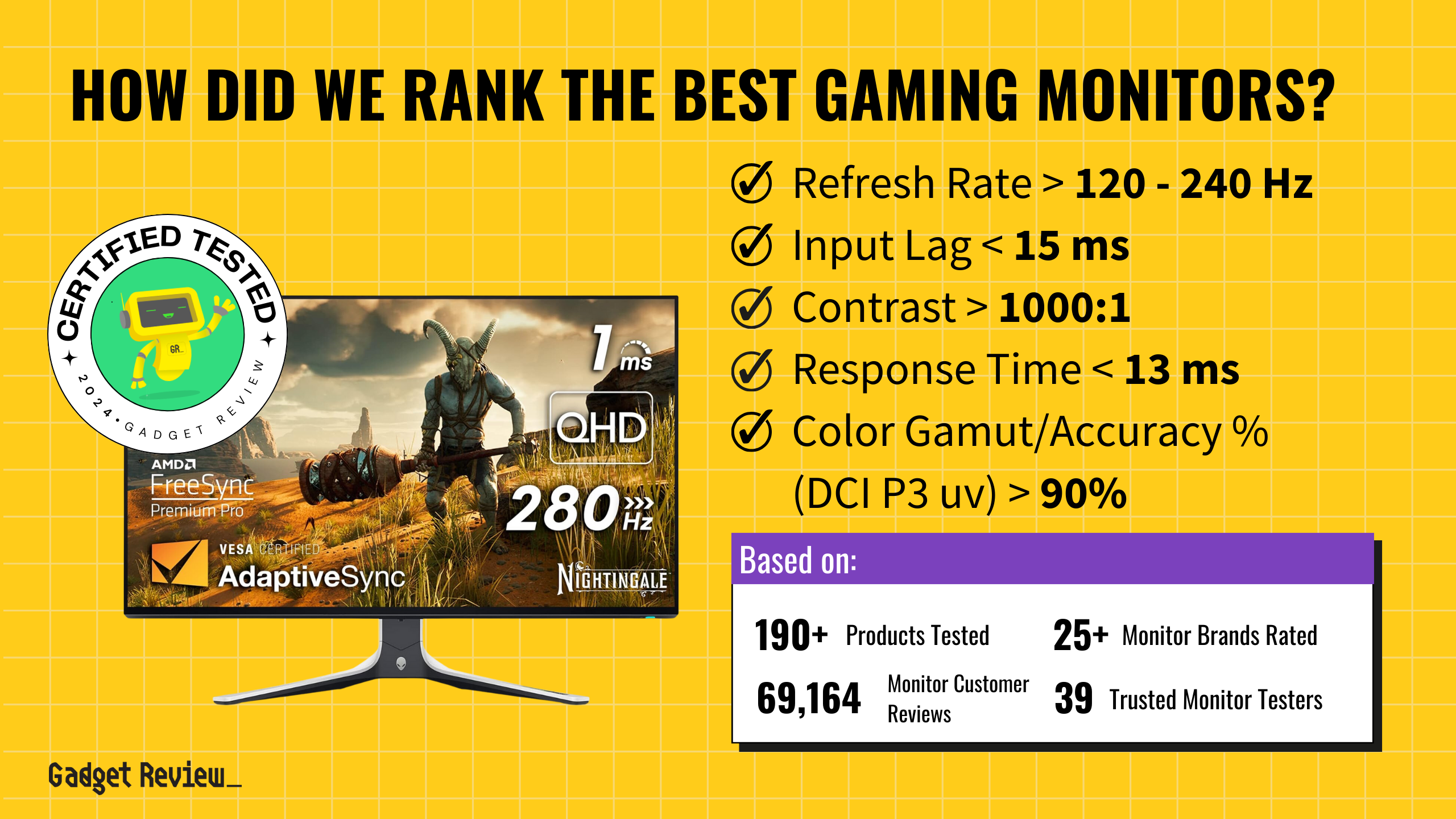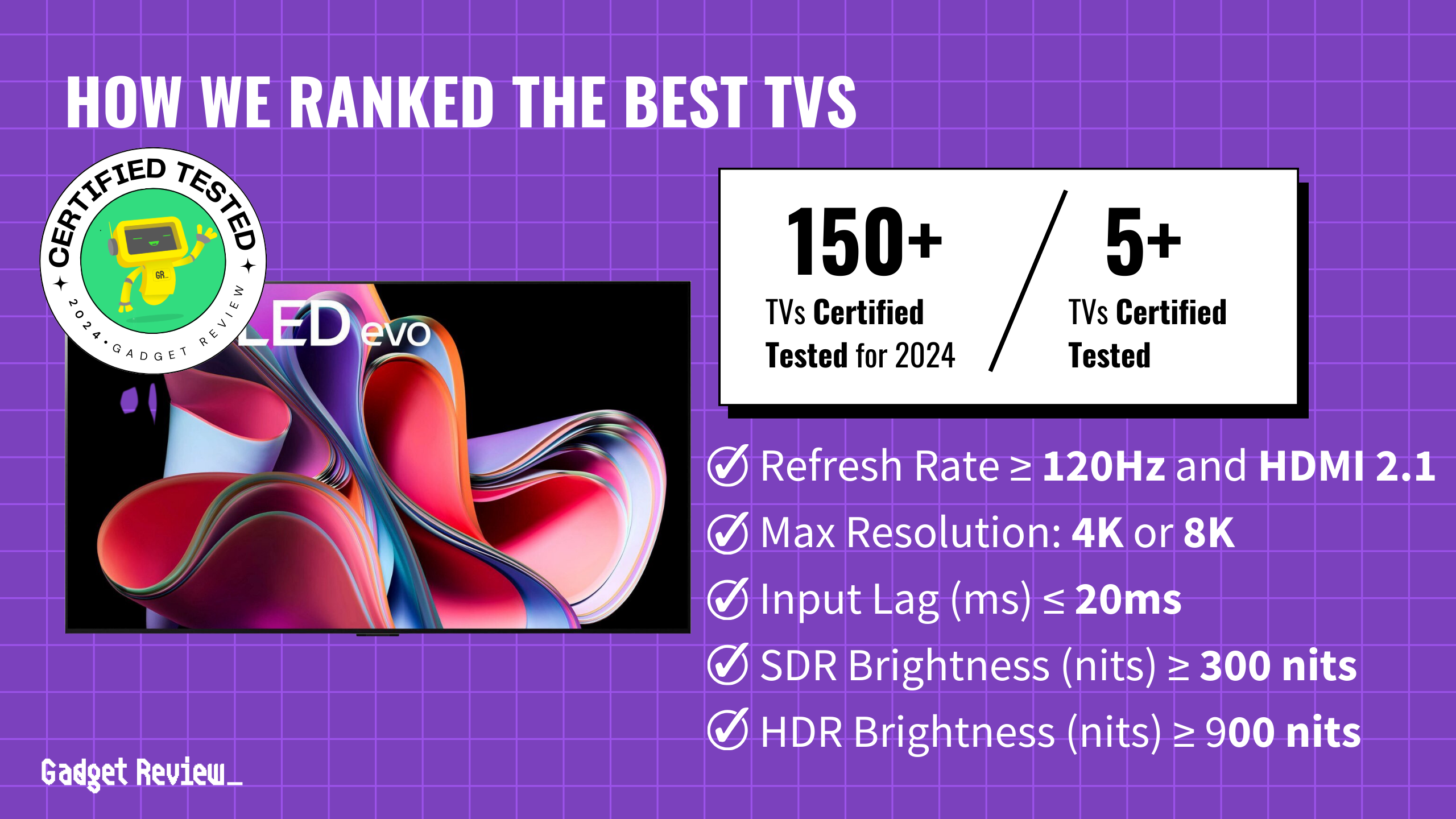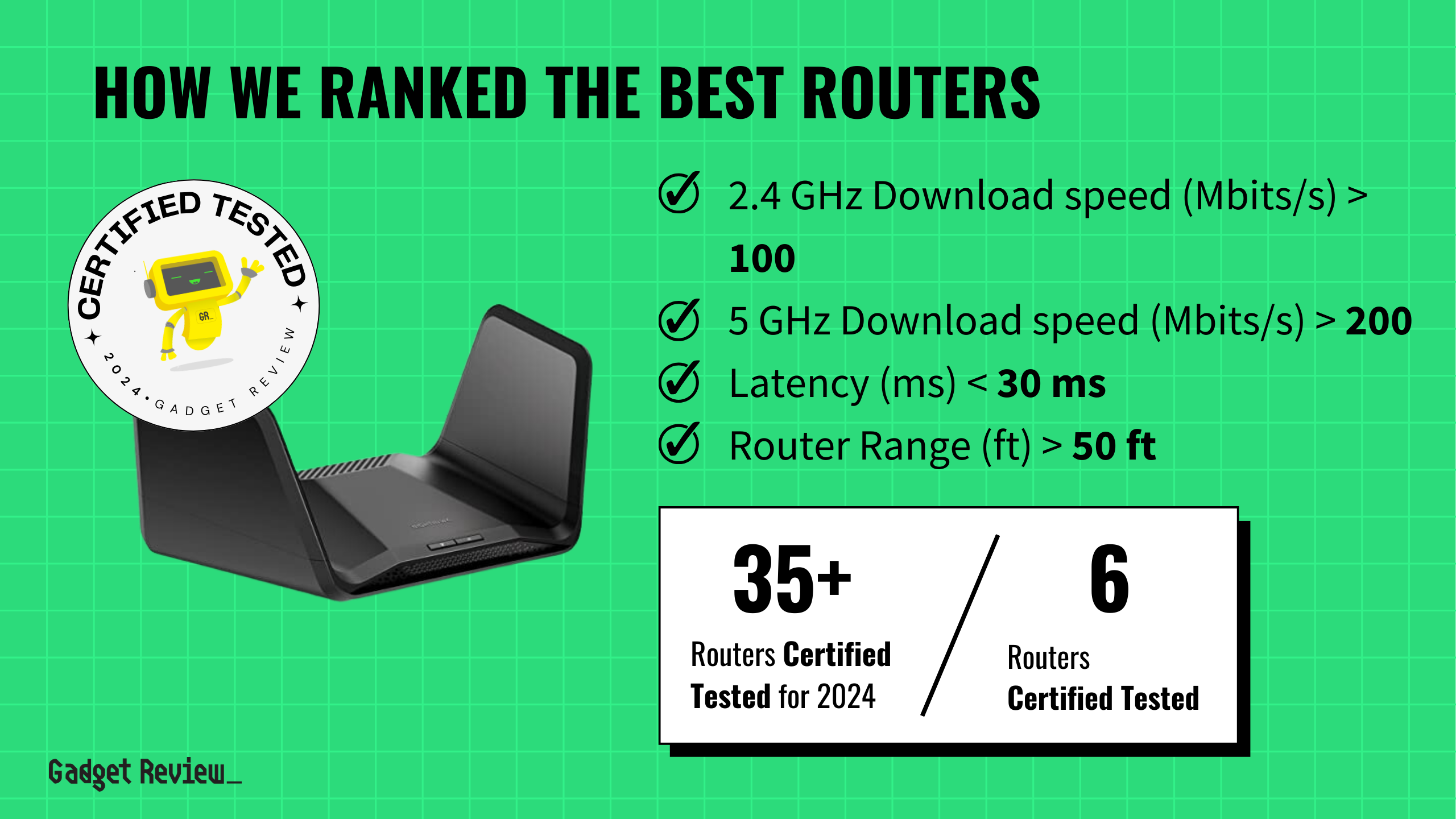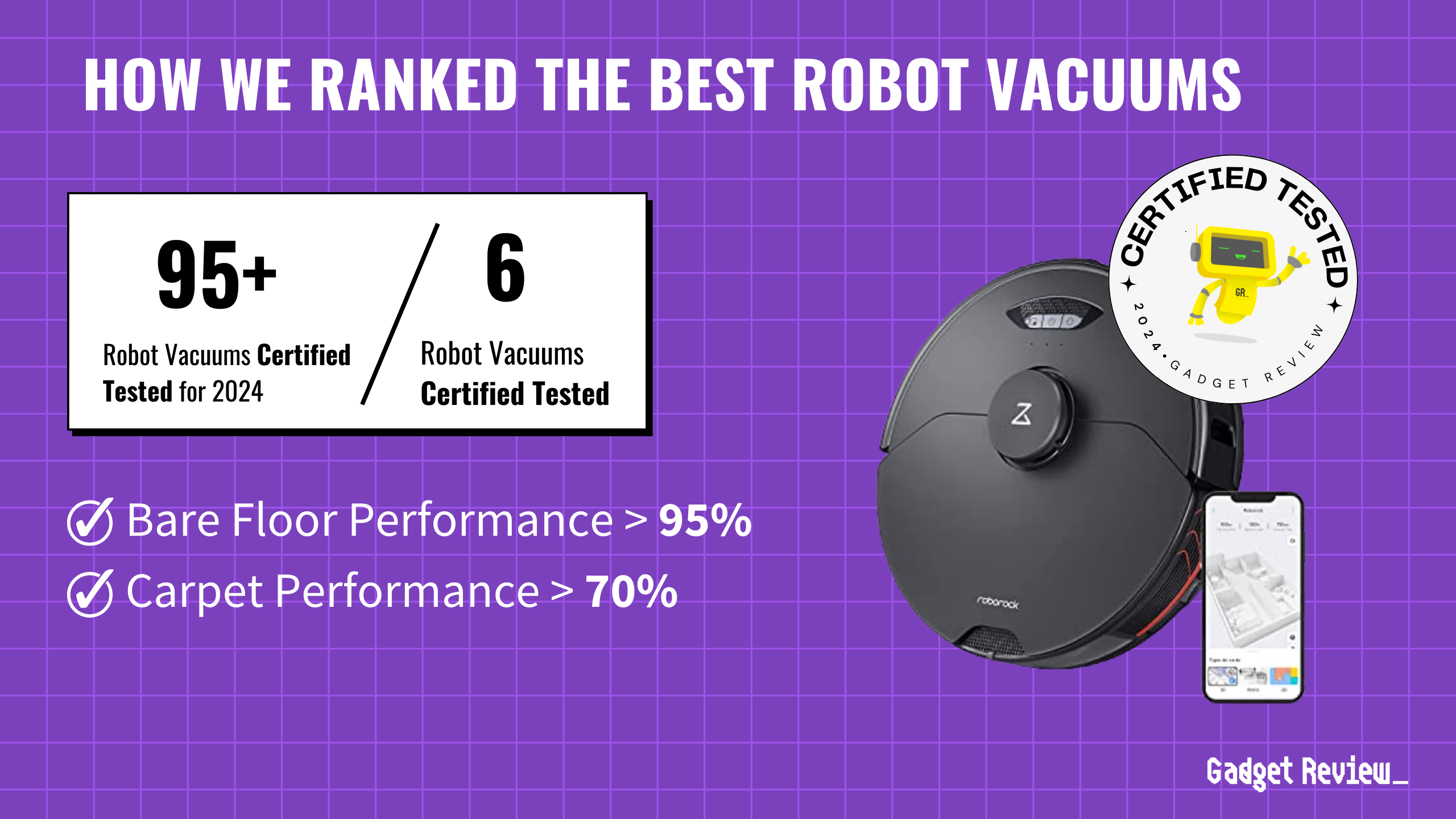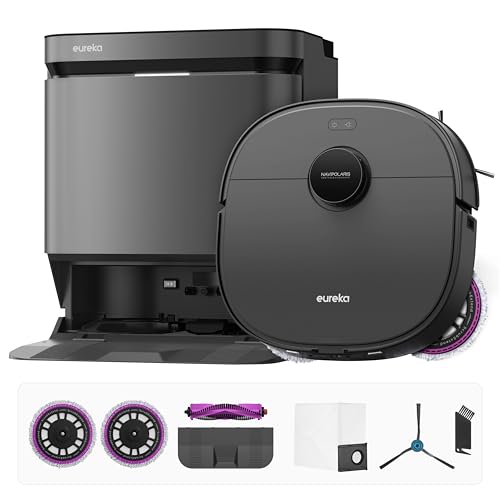So, you’re binge-watching Netflix on your couch, maybe switching over to check the news, then plugging in a USB drive to watch home videos. Your TV is cataloging every single frame, building a digital dossier that makes Facebook’s data harvesting look quaint.
Automatic Content Recognition technology scans whatever crosses your screen—streaming apps, cable channels, gaming consoles, even personal files—then ships that information to manufacturers and their advertising partners.
Unlike Facebook, which requires you to actively scroll and click, your TV operates as a passive surveillance device in the most intimate space of your home. It’s watching what you watch, when you watch it, and for how long, creating behavioral profiles that advertisers dream about. Consider investing in spy gadgets to detect hidden surveillance devices.
The Scope of Digital Spying
ACR technology builds detailed household profiles beyond viewing habits
That 65-inch Samsung or LG isn’t just tracking your Netflix binges. The data collection extends to identifying which devices connect to your home network—phones, gaming consoles, smart speakers—creating a comprehensive map of your digital ecosystem.
According to Consumer Reports, manufacturers merge this viewing data with third-party databases to infer everything from your income bracket to political leanings.
Your search queries, app usage patterns, and even pause behaviors get analyzed. Watch a lot of true crime? You might find yourself profiled based on viewing patterns. Pause frequently during action scenes? Your attention habits become part of your digital fingerprint. This level of surveillance mirrors recent corporate privacy violations.
Beyond Targeted Ads
Data harvesting enables political manipulation and discriminatory profiling
The implications stretch far beyond seeing ads for products you recently googled. This treasure trove of behavioral data opens doors to political manipulation, as seen in broader tech scandals:
- Political manipulation
- Insurance discrimination
- Employer bias
Your viewing patterns create profiles that extend well beyond entertainment preferences, potentially influencing how you’re categorized across various industries.
Taking Back Control
Privacy settings exist but require sacrificing smart features
You can fight back by disabling ACR in your TV’s privacy settings—though manufacturers bury these controls in the deepest menu layers. Putting your TV on a separate guest network limits its ability to profile other devices, while covering cameras and disabling voice assistants reduces additional surveillance vectors.
The catch? Opting out often means losing the “smart” features that made you buy the TV in the first place. When shopping for new devices, research the smart TVs with the best privacy controls. Your choice: convenience or privacy.
Choose wisely—your TV is definitely watching which way you decide.







